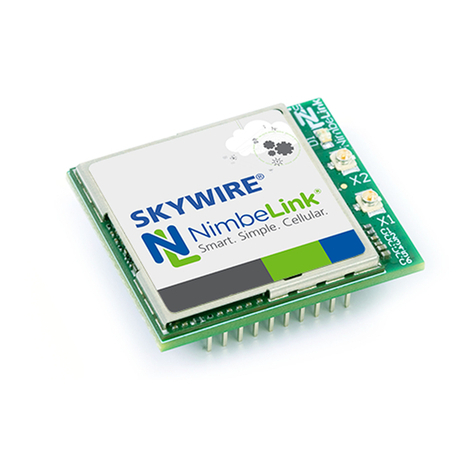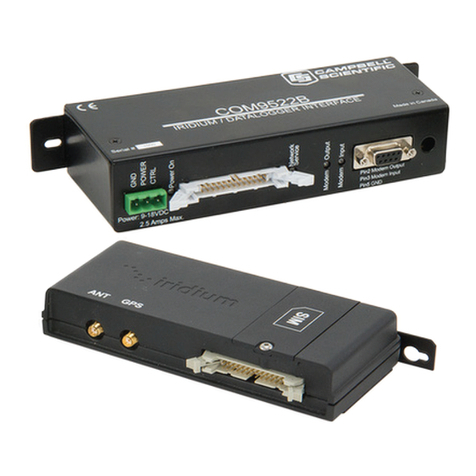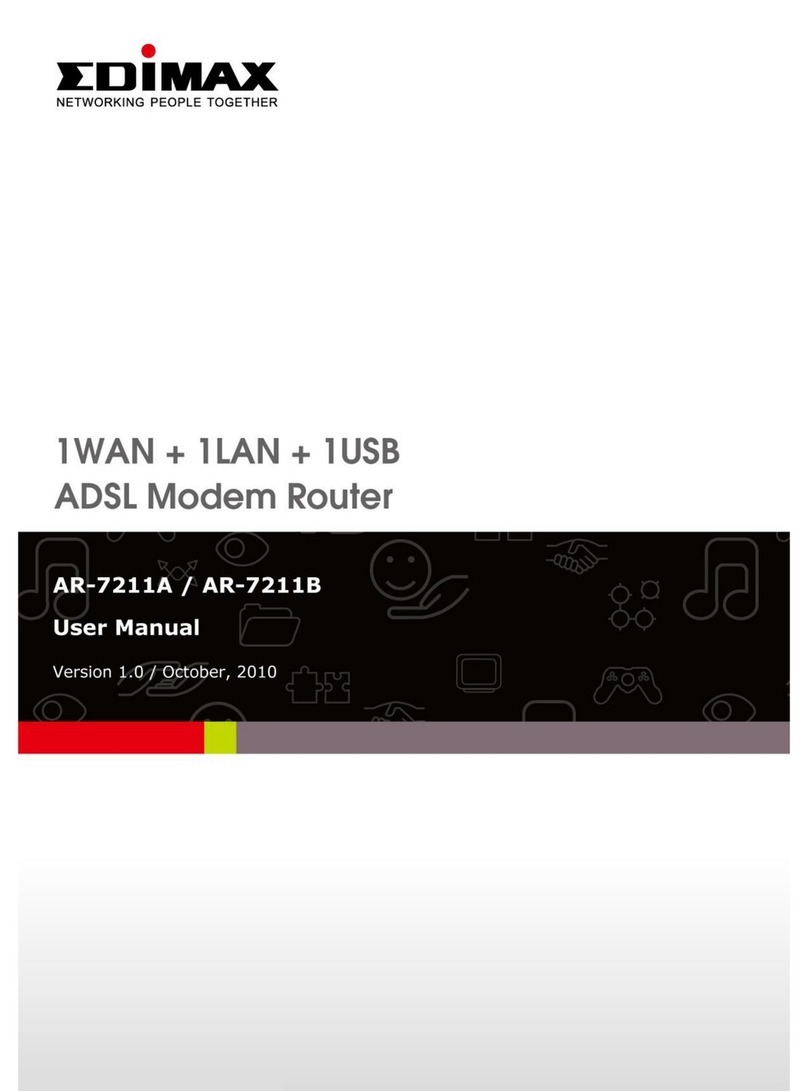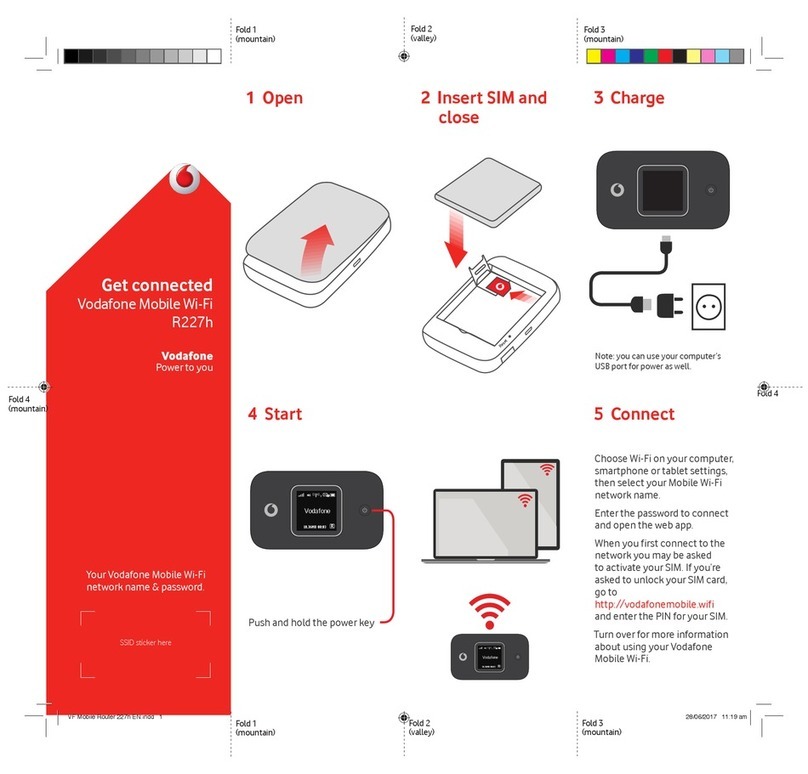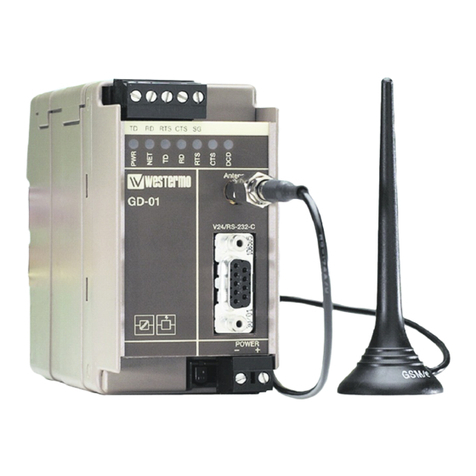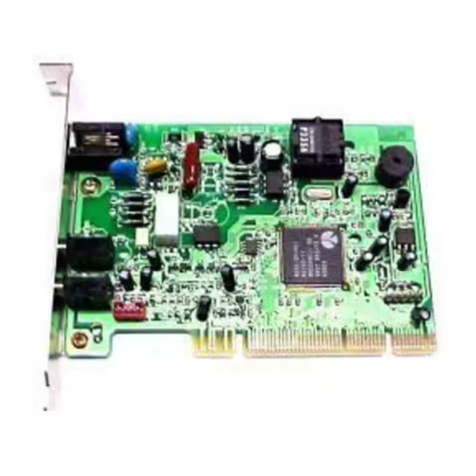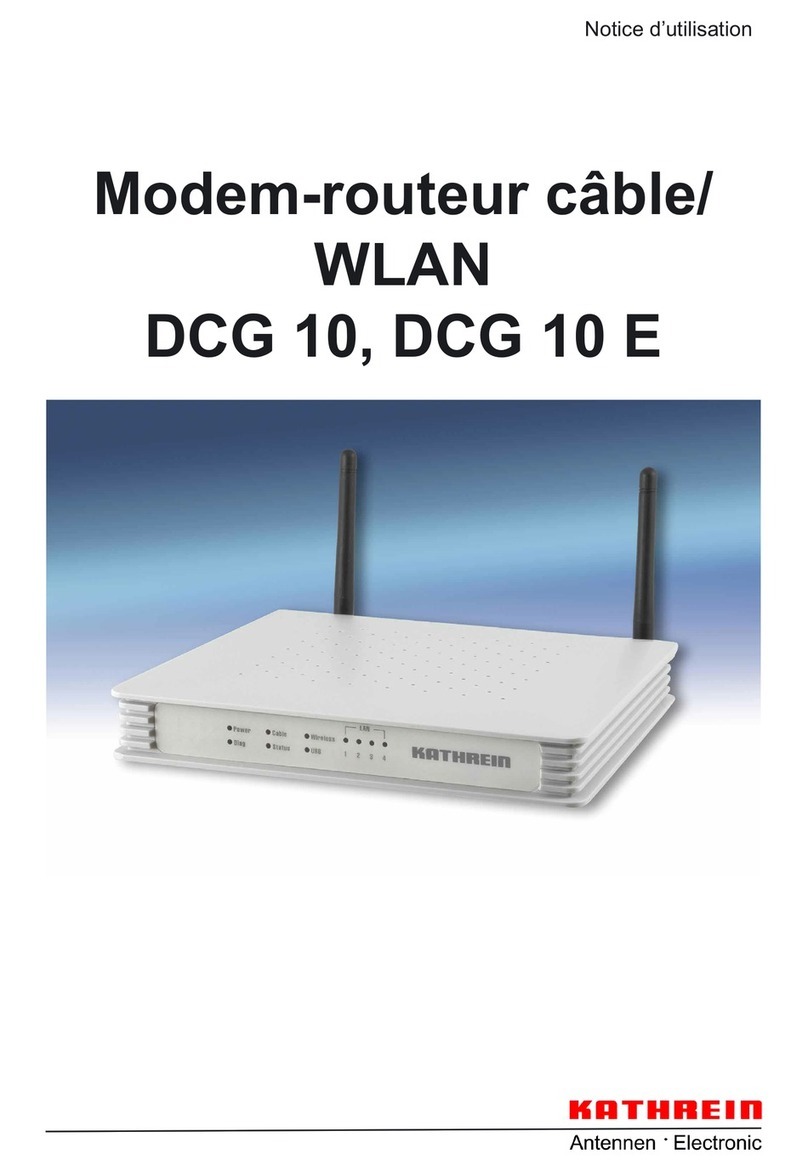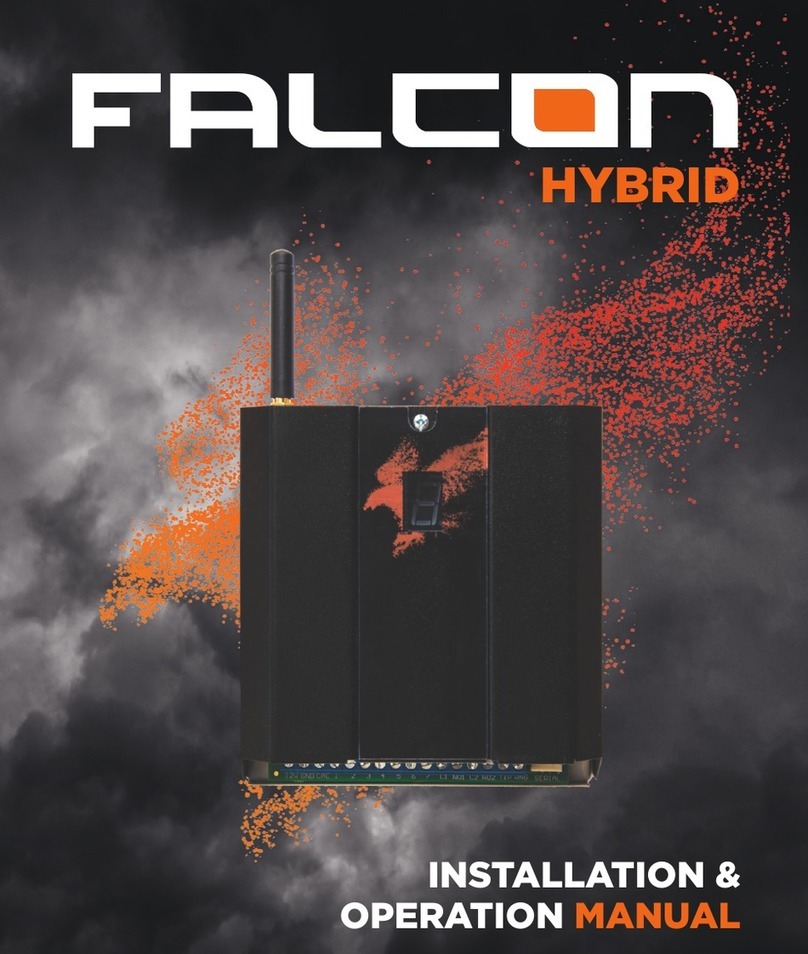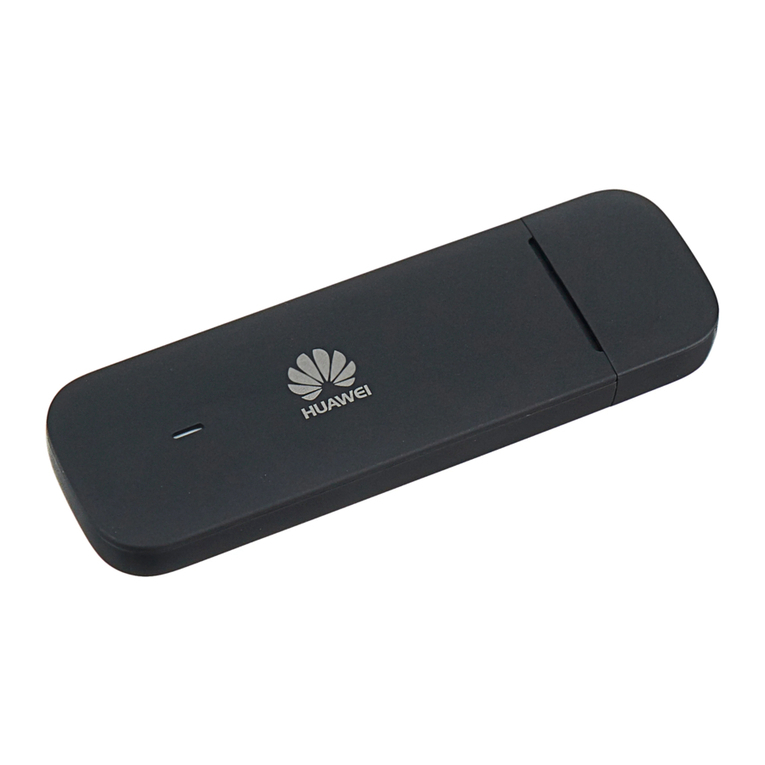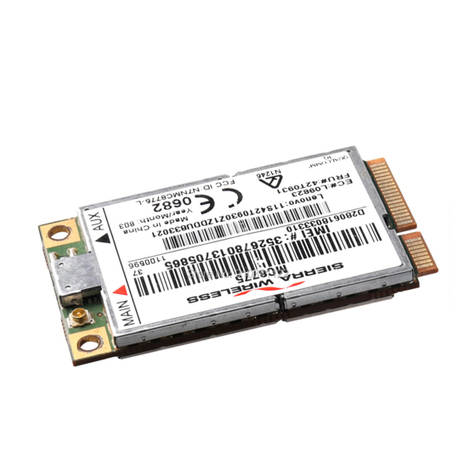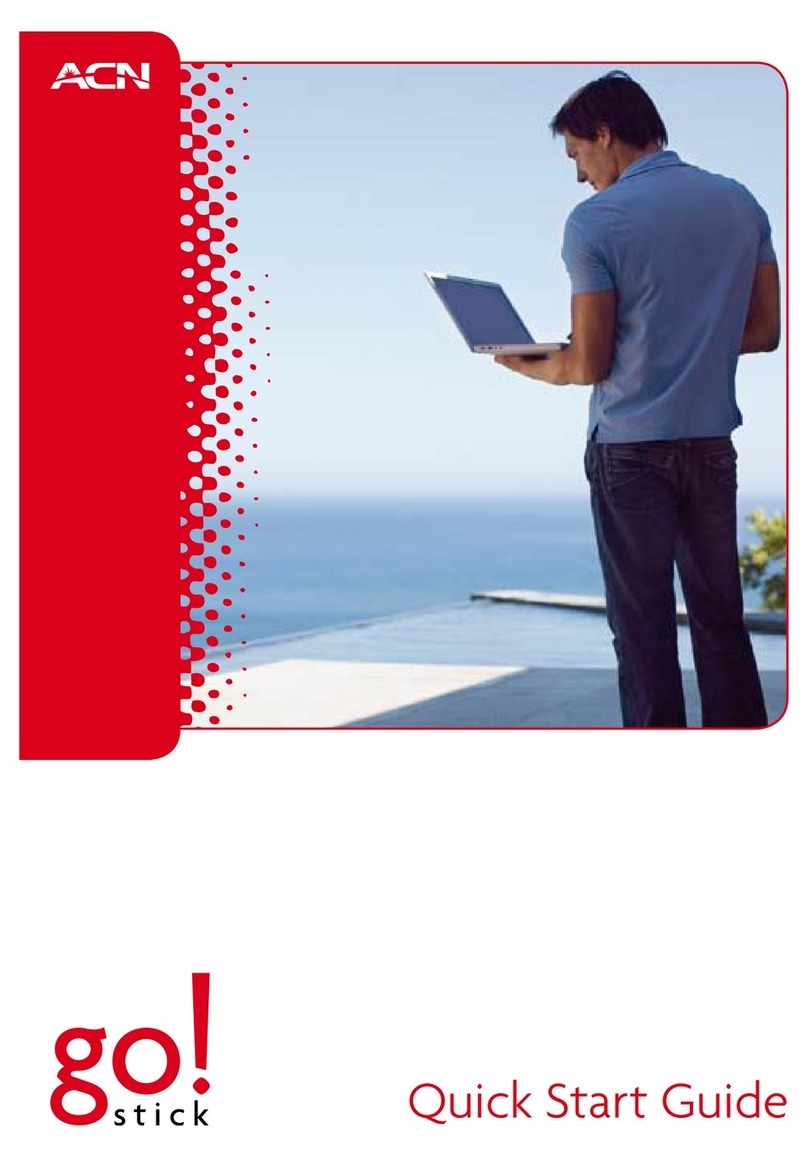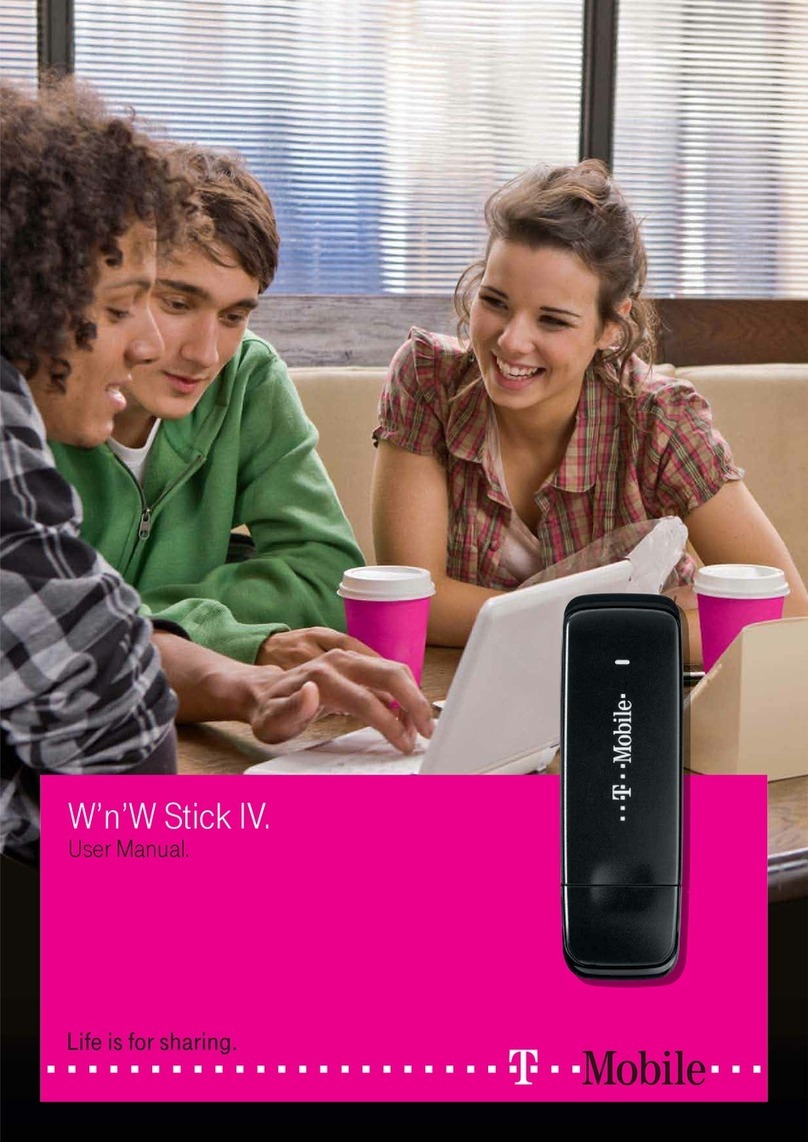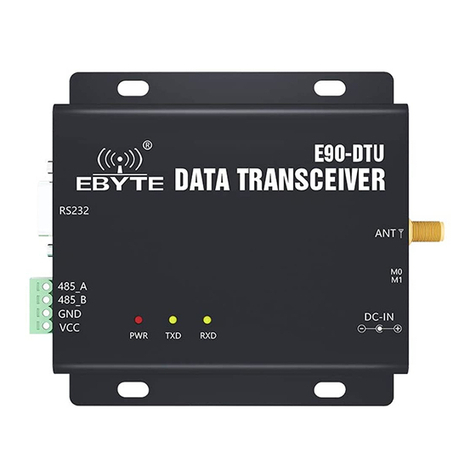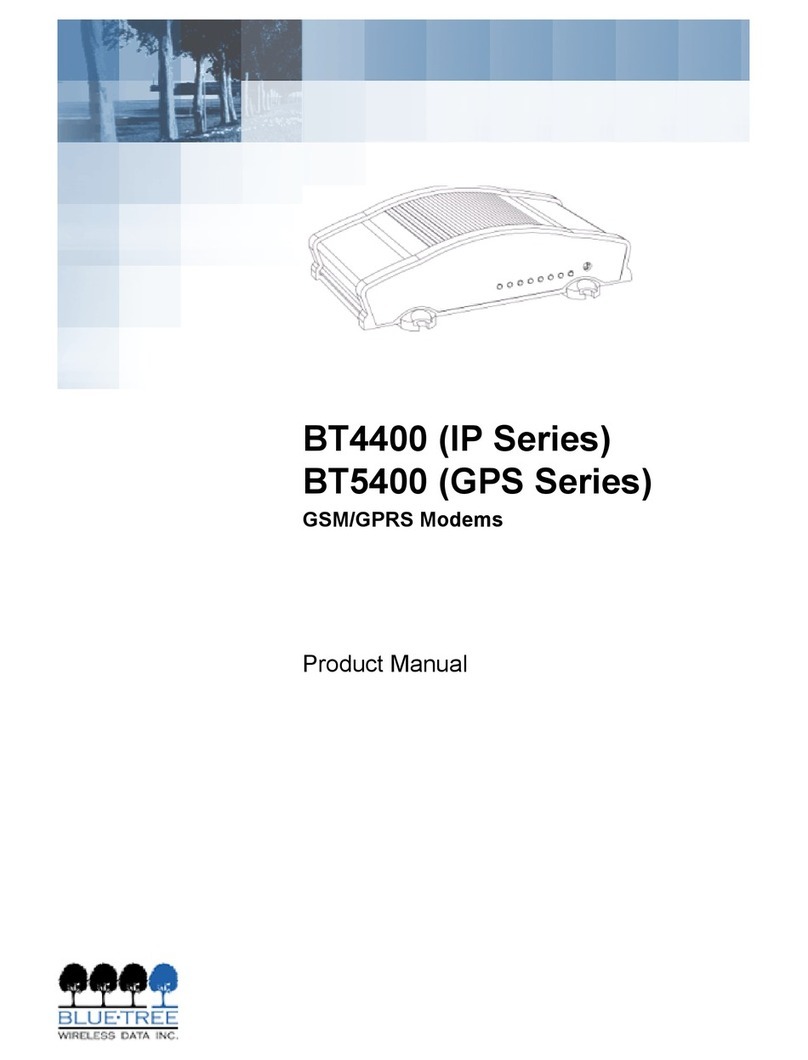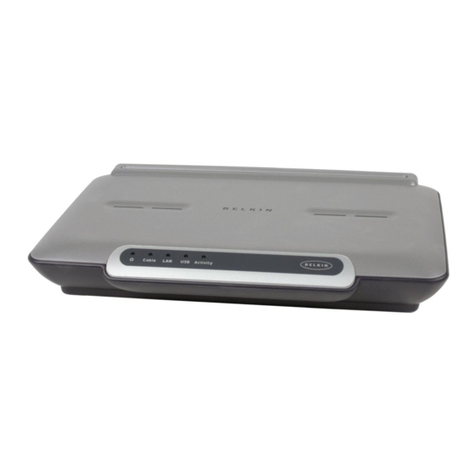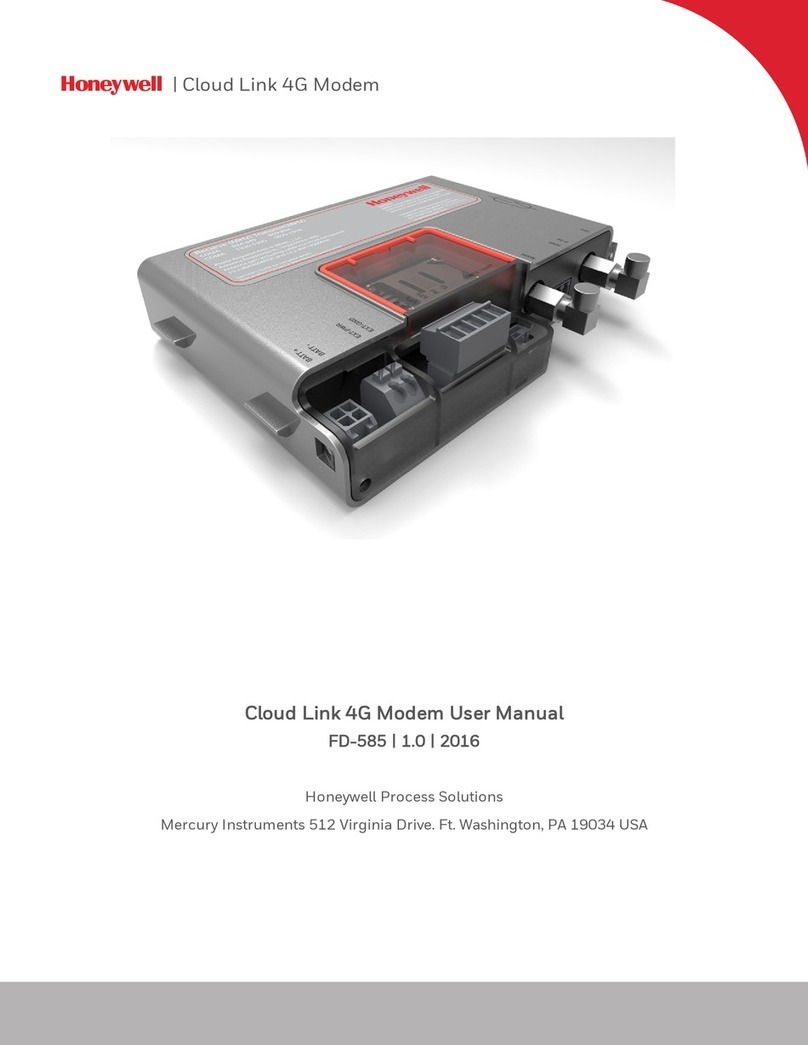NimbeLink Skywire LTE CAT1 User manual

Skywire
®
LTE CAT1
AWS IoT with TLS
User Manual
NimbeLink Corp
Updated: August 2018
PN 30168 rev 9 © NimbeLink Corp. 2018. All rights reserved. 1

Table of Contents
Table of Contents 2
Introduction 4
Overview 4
Orderable Parts 4
Prerequisites 4
AWS IoT Setup 4
Create a thing 4
Create a policy 6
Create credentials 6
Download the root CA certificate 8
Attach the thing and policy 8
Change format of credentials 9
Create .pfx file 10
Create .jks file 11
Convert .pem files to .der 11
Upload Credentials to Skywire 12
Upload your credentials 12
Upload the root CA certificate 13
Connect to AWS 13
Troubleshooting 23
OpenSSL 23
“Unable to write random state” 23
Skywire Commands 23
"The Certificate does not exist" 23
403 Forbidden 23
400 Bad Request 23
RXTX Mismatch Warning 23
Error Reading HTTPS Responses 24
Verify Credentials 24
Verify file format 24
Establish a Connection to AWS 25
Additional Troubleshooting 25
PN 30168 rev 9 © NimbeLink Corp. 2018. All rights reserved. 2

PN 30168 rev 9 © NimbeLink Corp. 2018. All rights reserved. 3

1. Introduction
1.1 Overview
This document outlines the steps required to establish a secure TLS connection to
Amazon's AWS IoT service directly using the Skywire® 4G LTE Cat 1 modem. After
going through this tutorial, you should be able to get data from your AWS IoT "thing" by
issuing AT commands to the modem.
1.2 Orderable Parts
Orderable Device
Firmware Revision
Description
Manufacturer
NL-SW-SWDK
NA
Skywire
Development Kit
NimbeLink
NL-SW-LTE-GELS3
4.3.2.0-24916 or higher
Skywire 4G LTE CAT1 Modem
NimbeLink
NL-SW-LTE-GELS3-B
4.3.2.0-25421
Skywire
4G LTE CAT1 Modem
NimbeLink
NL-SW-LTE-GELS3-C
4.3.3.0-29979
Skywire 4G LTE CAT1 Modem
NimbeLink
NL-SW-LTE-GELS3-D
4.3.3.0-36343
Skywire 4G LTE CAT1 Modem
NimbeLink
1.3 Prerequisites
The tool to upload certificates to the Skywire requires Java version 8. If you are using a
newer version of Java, the tool will not work.
2. AWS IoT Setup
Using the AWS IoT console , we need to create a "thing" and a "policy", and then attach
them to credentials that we will have AWS create for us.
2.1 Create a thing
Create a "thing" by clicking on "Create a resource" and selecting "Create a thing".
PN 30168 rev 9 © NimbeLink Corp. 2018. All rights reserved. 4

Set the name (in this case, "AWS_Test_Thing") and click "Create".
PN 30168 rev 9 © NimbeLink Corp. 2018. All rights reserved. 5

2.2 Create a policy
Create a policy by selecting "Create a resource" and selecting "Create a policy".
Choose iot:* for the Action and * for the Resource field, check the Allow box, and click
"Add Statement". Then click "Create" to create the policy.
2.3 Create credentials
Create a certificate and private key pair by selecting "Create a resource" and selecting
"Create a certificate".
PN 30168 rev 9 © NimbeLink Corp. 2018. All rights reserved. 6

Make sure to check the "Activate" box and then click the "1-Click certificate create"
button.
After creating the credentials, download the public key, private key, and certificate.
Important : you can only download the public and private keys when you create the
credentials. They will not be available for download once you leave this screen!
PN 30168 rev 9 © NimbeLink Corp. 2018. All rights reserved. 7

2.4 Download the root CA certificate
Download the AWS IoT root CA certificate, found at the following location:
https://www.symantec.com/content/en/us/enterprise/verisign/roots/VeriSign-Class%203-
Public-Primary-Certification-Authority-G5.pem
In this example, the name of the CA certificate is left as
"VeriSign-Class%203-Public-Primary-Certification-Authority-G5.pem".
Note : for this example, the ".txt" file extension was removed from the filename when
downloading the file.
2.5 Attach the thing and policy
Attach your thing and policy to your credentials by doing the following:
Select the certificate and go to "Actions" -> "Attach a thing" and enter the name of the
thing you created (AWS_Test_Thing in this example)
Select the certificate and go to "Actions" -> "Attach a policy" and enter the name of the
policy you created (Demo_Policy in this example)
Clicking on your certificate should bring up a details window that looks similar to the
following:
PN 30168 rev 9 © NimbeLink Corp. 2018. All rights reserved. 8

3. Change format of credentials
AWS IoT provides certificates in PEM format, but the Skywire 4G LTE Cat 1 modem
requires certificates in DER format, and uploading the credentials to the modem
requires a Java keystore (.jks) file. We will use OpenSSL and the Java SDK built-in
keytool to create the required files.
OpenSSL can be downloaded for windows here:
https://slproweb.com/products/Win32OpenSSL.html
PN 30168 rev 9 © NimbeLink Corp. 2018. All rights reserved. 9

OpenSSL version 1.0.2.h for Windows 64-bit machines is used for this demo. OpenSSL
is also available on many Linux distributions and can be installed with your distribution's
package manager.
The Java JDK can be downloaded from Oracle:
http://www.oracle.com/technetwork/java/javase/downloads/index.html
Java JDK version 1.8.0_101 is used in this example.
3.1 Create .pfx file
Use OpenSSL to create .pfx file from certificate and private key. This file is required by
the Java keytool to create a Java keystore file. You may need to add the OpenSSL \bin
folder to your PATH variable if the installation didn't add it automatically. To do this, right
click on "Computer" in Windows Explorer and click on "Properties" and then "Advanced
system settings". Click on "Environment Variables" and find the system variable named
PATH. Select "Edit" and append your OpenSSL \bin path to the "Variable value" field.
Next, perform the following steps to create the file:
● Open the Command Prompt as an administrator
● Navigate to the folder containing your certificate and keys
● Set the location of the RANDFILE that is required by OpenSSL:
set RANDFILE=.rnd
● Create the .pfx file:
openssl pkcs12 -export -out my_pfx_out.pfx -inkey
2a6d9b3215-private.pem.key -in
2a6d9b3215-certificate.pem.crt -name "my_keystore"
-certfile
"VeriSign-Class%203-Public-Primary-Certification-Author
ity-G5.pem"
Note : the file names in bold will have to be changed to the names of your private
key and certificate files
Important : remember the password you entered when creating the .pfx file. We
will use it later when uploading the files to the modem. The password used in
this example is "123456".
The "-name" parameter will also be used later as the alias associated with the
keystore we created. Its value in this example is "my_keystore".
PN 30168 rev 9 © NimbeLink Corp. 2018. All rights reserved. 10

3.2 Create .jks file
Now that we have the .pks file, we can use the Java keytool to create a .jks file. You will
need to have the Java JDK installed for this step. If the installation doesn't add the Java
SDK bin folder to your PATH environment variable, add it manually so the keytool can
be run from the folder with your keys and certificates.
Run the keytool using the following command to create a .jks file:
keytool -importkeystore -srckeystore my_pfx_out.pfx
-srcstoretype pkcs12 -srcalias "my_keystore" -destkeystore
my_jks_store.jks -deststoretype jks -deststorepass 123456
-destalias "my_jks"
The command will prompt you for the password for the .pfx file that was generated in
the previous step. In this example, "123456" is used as the password for both the .pfx
and .jks files.
3.3 Convert .pem files to .der
The last files we need to create are DER versions of our certificate and private key.
OpenSSL allows us to convert keys and certificates from PEM to DER format with the
following commands ( bolded names should be changed to your file names):
Convert the certificate:
openssl x509 -outform der -in
2a6d9b3215-certificate.pem.crt -out
2a6d9b3215-certificate.der
Convert the private key:
openssl rsa -in 2a6d9b3215-private.pem.key -inform PEM -out
2a6d9b3215-private.der -outform DER
Convert the root CA certificate:
openssl x509 -outform der -in
"VeriSign-Class%203-Public-Primary-Certification-Authority-G
5.pem" -out
"VeriSign-Class%203-Public-Primary-Certification-Authority-G
5.der"
PN 30168 rev 9 © NimbeLink Corp. 2018. All rights reserved. 11

You should now have .der versions of the root CA certificate as well as your certificate
and private key. In this example, the output files are:
● VeriSign-Class%203-Public-Primary-Certification-Authority-G5.der
● 2a6d9b3215-certificate.der
● 2a6d9b3215-private.der
4. Upload Credentials to Skywire
We now have all the files required to upload to the Skywire modem.
We will be using Gemalto's "cmd_IpCertMgr.jar" Java application to upload the required
files. Move both the "cmd_ipcertmgr.jar" and "rxtxserial.dll" files into the folder that has
your certificate and private key.
Note : you will need the correct version of the "rxtxserial.dll" library for your machine
architecture (32-bit vs 64-bit).
4.1 Upload your credentials
To write your client certificate and private key, send the following command:
java -jar cmd_IpCertMgr.jar -serialPort COM19 -serialSpd
115200 -cmd writecert -certfile 2a6d9b3215-certificate.der
-keyfile 2a6d9b3215-private.der -certIndex 0 -imei
356278070014784 -alias my_jks -keypass 123456 -keystore
my_jks_store.jks -storepass 123456
Note : the values in bold will have to be changed based on your files and modem. The
"-serialPort" option should be set to the COM port being used by your Skywire modem.
The "-imei" option should be set to the IMEI number shown on your Skywire modem.
The "-certfile" and "-keyfile" options should be set to the file names specific to your
certificate and private key. If you used the same alias names and passwords as this
example, those options can be left as is. Otherwise they should be changed to
whatever values you chose in the previous steps.
If the files upload successfully, the response should look like the following:
SECURE CMD READY: SEND COMMAND…
SECURE CMD END OK
PN 30168 rev 9 © NimbeLink Corp. 2018. All rights reserved. 12

4.2 Upload the root CA certificate
To write the root CA certificate, send the following command:
java -jar cmd_IpCertMgr.jar -serialPort COM19 -serialSpd
115200 -cmd writecert -certfile
VeriSign-Class%203-Public-Primary-Certification-Authority-G5
.der -certIndex 1 -imei 356278070014784 -alias my_jks
-keypass 123456 -keystore my_jks_store.jks -storepass
123456
Note : the values in bold will have to be changed based on your modem. The
"-serialPort" option should be set to the COM port being used by your Skywire modem.
The "-imei" option should be set to the IMEI number shown on your Skywire modem.
If the file uploads successfully, the response should look like the following:
SECURE CMD READY: SEND COMMAND…
SECURE CMD END OK
5. Connect to AWS
Now that the files are loaded onto the Skywire modem, we can connect through
TeraTerm (or your terminal program of choice) and issue the commands to connect to
AWS IoT. We will be using the Skywire Development Kit in this example.
Before issuing the following commands, make sure to power cycle the modem to
ensure that the certificates are properly stored. After connecting to the Skywire modem
through TeraTerm, issue the following sequence of AT commands:
Note : commands are in bold , responses and unsolicited messages are in plain text,
and comments regarding the commands are in italics .
Get modem info
ati1
Cinterion
ELS31-V
REVISION 4.3.2.0
PN 30168 rev 9 © NimbeLink Corp. 2018. All rights reserved. 13

A-REVISION 4.3.2.0-24916
L-REVISION 3.7.6
OK
Verify that the certificates were written to the modem
at^sbnr=is_cert
^SBNR: 0, size: "862", issuer: "/OU=Amazon Web Services O=Amazon.com Inc.
L=Seattle ST=Washington C=US", serial number:
"fd9b08cc5e803708cd7a729177c0b14afb003778", subject: "/CN=AWS IoT Certificate",
signature: "sha256RSA", thumbprint algorithm: "sha1", thumbprint:
"ebec0265cd3cbca38abee38a2f8176eb6a6a992a"
^SBNR: 1, size: "1239", issuer: "/C=US/O=VeriSign, Inc./OU=VeriSign Trust
Network/OU=(c) 2006 VeriSign, Inc. - For authorized use only/CN=VeriSign Class 3
Public Primary Certification Authority - G5", serial number:
"18dad19e267de8bb4a2158cdcc6b3b4a", subject: "/C=US/O=VeriSign,
Inc./OU=VeriSign Trust Network/OU=(c) 2006 VeriSign, Inc. - For authorized use
only/CN=VeriSign Class 3 Public Primary Certification Authority - G5", signature:
"sha1RSA", thumbprint algorithm: "sha1", thumbprint:
"4eb6d578499b1ccf5f581ead56be3d9b6744a5e5"
^SBNR: 2, size: "0", issuer: "", serial number: "", subject: "", signature: "", thumbprint
algorithm: "", thumbprint: ""
^SBNR: 3, size: "0", issuer: "", serial number: "", subject: "", signature: "", thumbprint
algorithm: "", thumbprint: ""
^SBNR: 4, size: "0", issuer: "", serial number: "", subject: "", signature: "", thumbprint
algorithm: "", thumbprint: ""
^SBNR: 5, size: "0", issuer: "", serial number: "", subject: "", signature: "", thumbprint
algorithm: "", thumbprint: ""
^SBNR: 6, size: "0", issuer: "", serial number: "", subject: "", signature: "", thumbprint
algorithm: "", thumbprint: ""
^SBNR: 7, size: "0", issuer: "", serial number: "", subject: "", signature: "", thumbprint
algorithm: "", thumbprint: ""
^SBNR: 8, size: "0", issuer: "", serial number: "", subject: "", signature: "", thumbprint
algorithm: "", thumbprint: ""
PN 30168 rev 9 © NimbeLink Corp. 2018. All rights reserved. 14

^SBNR: 9, size: "0", issuer: "", serial number: "", subject: "", signature: "", thumbprint
algorithm: "", thumbprint: ""
^SBNR: 10, size: "0", issuer: "", serial number: "", subject: "", signature: "", thumbprint
algorithm: "", thumbprint: ""
OK
Configure modem to automatically update timezone info
at+ctzu=1
OK
at^sind="nitz",1
^SIND: "nitz",1,"",+00
OK
at+cmer=3,0,0,2
OK
at^sind="is_cert",1
^SIND: "is_cert",1,0,"","","","","",""
OK
Configure socket parameters for connecting to AWS
Note : the string of characters before ".iot.us-west-2.amazonaws.com"
(ACVWOJPAQ6LEI in this example) is specific to your AWS account. Find it by going to
the resource page under AWS IoT, clicking on your “Thing”, and copying the string from
the Rest API endpoint url as seen below.
PN 30168 rev 9 © NimbeLink Corp. 2018. All rights reserved. 15

at^siss=0,srvType,"Socket"
OK
at^siss=0,conId,3
OK
at^siss=0,address,"socktcps://ACVWOJPAQ6LEI.iot.us-west-2.amazonaws.com:8
443"
OK
at^siss=0,secopt,1
OK
Activate the PDP context
at^sica=1,3
OK
Verify that the modem has an IP address
at+cgpaddr
PN 30168 rev 9 © NimbeLink Corp. 2018. All rights reserved. 16

+CGPADDR: 1,"254.128.0.0.0.0.0.0.0.0.0.63.200.115.165.1"
+CGPADDR: 3,"166.157.157.127"
OK
6. AWS IOT: HTTP GET Example
Now that your Skywire is set up, we can send and receive data from AWS. This section
covers an HTTP GET to read data from AWS.
Note : commands are in bold , responses and unsolicited messages are in plain text,
and comments regarding the commands are in italics .
Open the socket connection to AWS
at^siso=0
OK
+CIEV: "is_cert",0,"/C=US/O=Symantec Corporation/OU=Symantec Trust
Network/CN=Symantec Class 3 Secure Server CA -
G4","25608F1A38647F23CBEC4421982984B1","/C=US/ST=Washington/L=Seattle/O=
Amazon.com,
Inc./CN=*.iot.us-west-2.amazonaws.com","sha256RSA","sha1","2B91E3B6FEC136FD3
1F9276C1ECB0508DA4783E8"
+CIEV: "is_cert",0,"/C=US/O=VeriSign, Inc./OU=VeriSign Trust Network/OU=(c) 2006
VeriSign, Inc. - For authorized use only/CN=VeriSign Class 3 Public Primary
Certification Authority -
G5","513FB9743870B73440418D30930699FF","/C=US/O=Symantec
Corporation/OU=Symantec Trust Network/CN=Symantec Class 3 Secure Server CA -
G4","sha256RSA","sha1","FF67367C5CD4DE4AE18BCCE1D70FDABD7C866135"
^SISW: 0,1
Send the "write" command to the modem and specify the number of bytes (46) to write
Note : the number of bytes you send may be different depending on your thing name.
Replace "AWS_Test_Thing" with your thing name. The number of bytes includes the 2
PN 30168 rev 9 © NimbeLink Corp. 2018. All rights reserved. 17

carriage return and 2 linefeed characters that must be sent after the GET command.
Send the character sequence CTRL+M, CTRL+J, CTRL+M, CTRL+J after entering the
GET command.
at^sisw=0,46
^SISW: 0,46,0
GET /things/AWS_Test_Thing/shadow HTTP/1.1
OK
+CIEV: nitz,16/07/27,14:26:49,-20,1
^SISW: 0,1
^SISR: 0,1
Issue the "read" socket command to read up to 1000 bytes on connection number 0.
This will read the header information of the response from AWS
at^sisr=0,1000
^SISR: 0,189
HTTP/1.1 200 OK
content-type: application/json
content-length: 130
date: Wed, 27 Jul 2016 19:26:50 GMT
x-amzn-RequestId: 127e9f5b-61e6-43d0-94fd-0e929bb9daa8
connection: Keep-Alive
OK
PN 30168 rev 9 © NimbeLink Corp. 2018. All rights reserved. 18

^SISR: 0,1
^SIS: 0,0,48,"Remote peer has closed the connection"
Issue the "read" command again to read the response body. The data can still be read
even though the remote peer has closed the connection
at^sisr=0,1000
^SISR: 0,130
{"state":{"reported":{"test1":123}},"metadata":{"reported":{"test1":{"timestamp":14696454
22}}},"version":1,"timestamp":1469647610}
OK
^SISR: 0,2
+CIEV: nitz,16/07/27,14:27:00,-20,1
Close the socket connection
at^sisc=0
OK
7. AWS IOT: HTTP POST Example
This section covers doing an HTTP POST to send data to AWS.
Note : commands are in bold , responses and unsolicited messages are in plain text,
and comments regarding the commands are in italics .
Open the socket connection to AWS
at^siso=0
OK
+CIEV: "is_cert",0,"/C=US/O=Symantec Corporation/OU=Symantec Trust
Network/CN=Symantec Class 3 Secure Server CA -
G4","25608F1A38647F23CBEC4421982984B1","/C=US/ST=Washington/L=Seattle/O=
PN 30168 rev 9 © NimbeLink Corp. 2018. All rights reserved. 19

Amazon.com,
Inc./CN=*.iot.us-west-2.amazonaws.com","sha256RSA","sha1","2B91E3B6FEC136FD3
1F9276C1ECB0508DA4783E8"
+CIEV: "is_cert",0,"/C=US/O=VeriSign, Inc./OU=VeriSign Trust Network/OU=(c) 2006
VeriSign, Inc. - For authorized use only/CN=VeriSign Class 3 Public Primary
Certification Authority -
G5","513FB9743870B73440418D30930699FF","/C=US/O=Symantec
Corporation/OU=Symantec Trust Network/CN=Symantec Class 3 Secure Server CA -
G4","sha256RSA","sha1","FF67367C5CD4DE4AE18BCCE1D70FDABD7C866135"
^SISW: 0,1
Format your HTTP POST
Here is the HTTP POST we are sending to AWS:
POST /things/AWS_Test_Thing/shadow HTTP/1.1
Host: ACVWOJPAQ6LEI.iot.us-west-2.amazonaws.com:8443
Content-Type: application/json
Content-Length: 114
{"state":{"desired":{"attribute1":123,"attribute2":"test1"},"reported":{"attribute1":
456,"attribute2":"string1"}}}
Note : In the HTTP POST, the "Content-Length" header is the length of the JSON packet
being sent, and does not include carriage return or linefeed characters, nor does it
include the headers.
Note : The "Host" header's address is the same as you typed in the AT^SISS command
in Section 5. You must include this header.
Send the "write" command to the modem and specify the number of bytes (268) to write.
Note : the number of bytes you send may be different depending on your thing name.
Replace "AWS_Test_Thing" with your thing name. The number of bytes includes the
carriage return (CTRL-M) and linefeed (CTRL-J) characters that must be sent after each
line. In addition, after sending the last header (Content-Length: 114), this number
PN 30168 rev 9 © NimbeLink Corp. 2018. All rights reserved. 20
Other manuals for Skywire LTE CAT1
1
Table of contents
Other NimbeLink Modem manuals
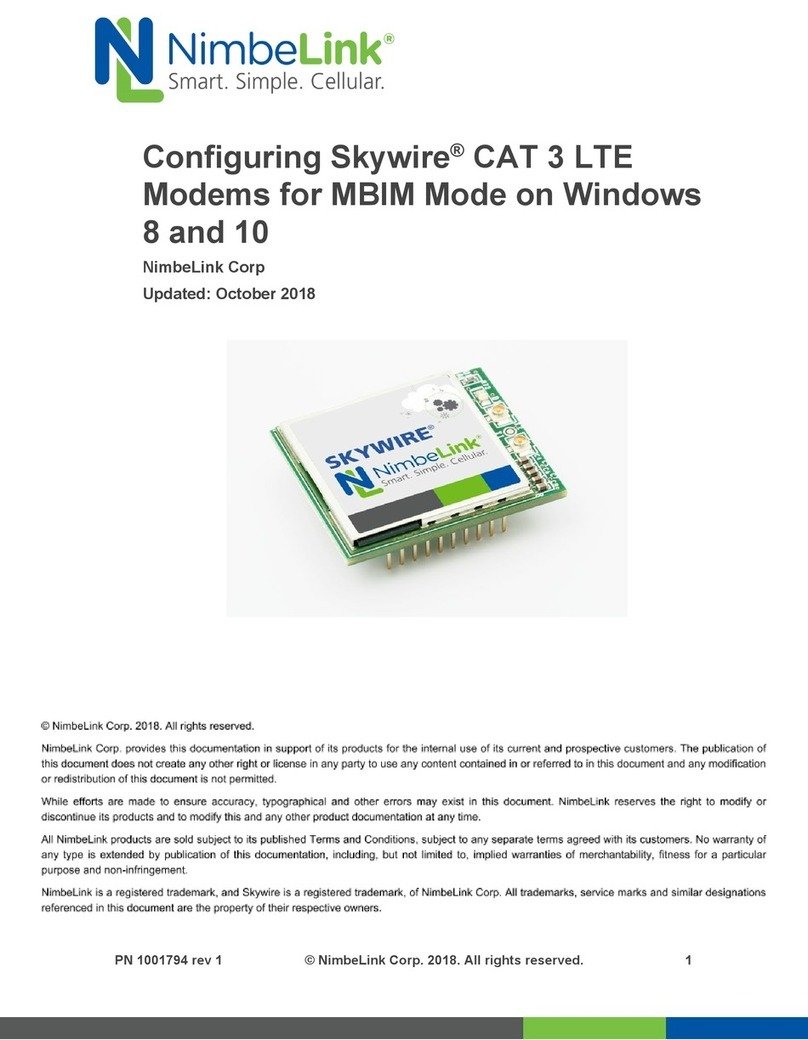
NimbeLink
NimbeLink Skywire Series User manual
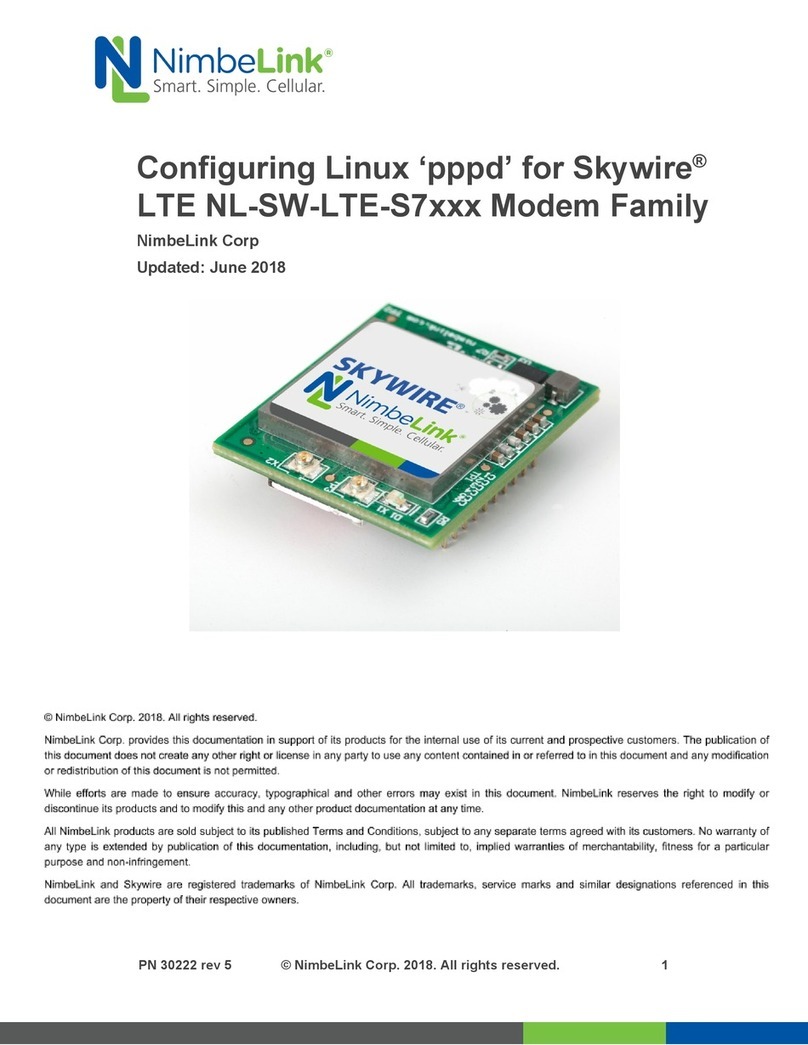
NimbeLink
NimbeLink Skywire LTE NL-SW-LTE-S7 Series User manual
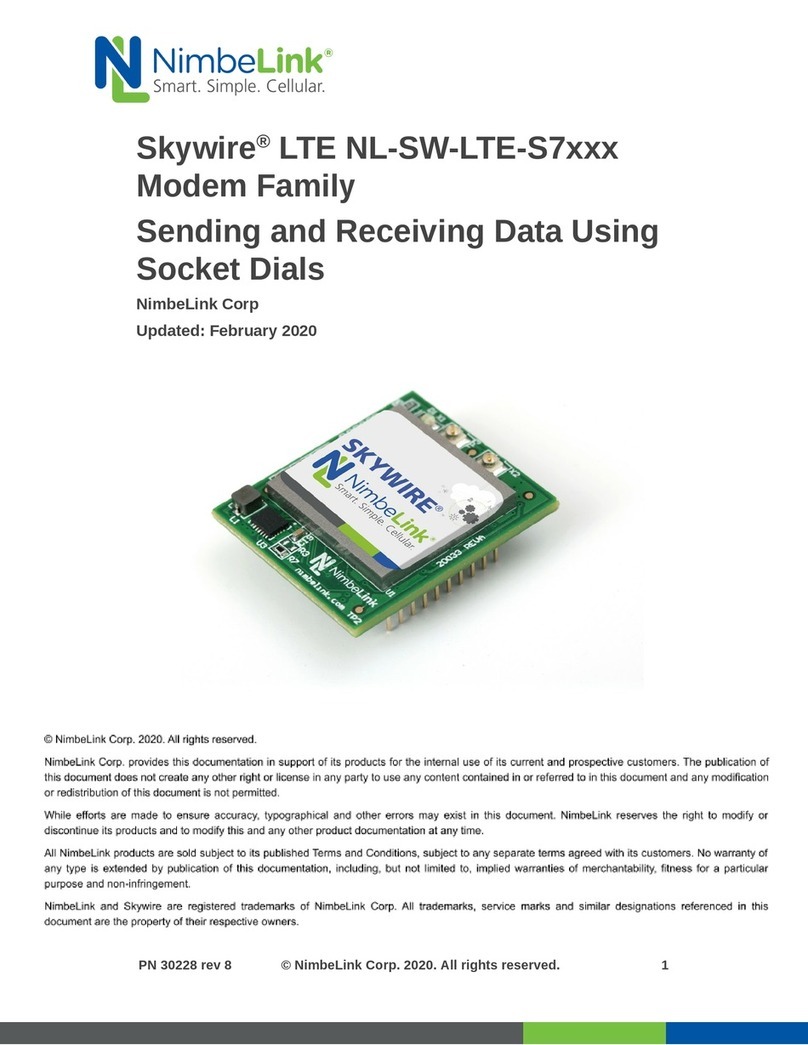
NimbeLink
NimbeLink Skywire LTE NL-SW-LTE-S7 Series User manual
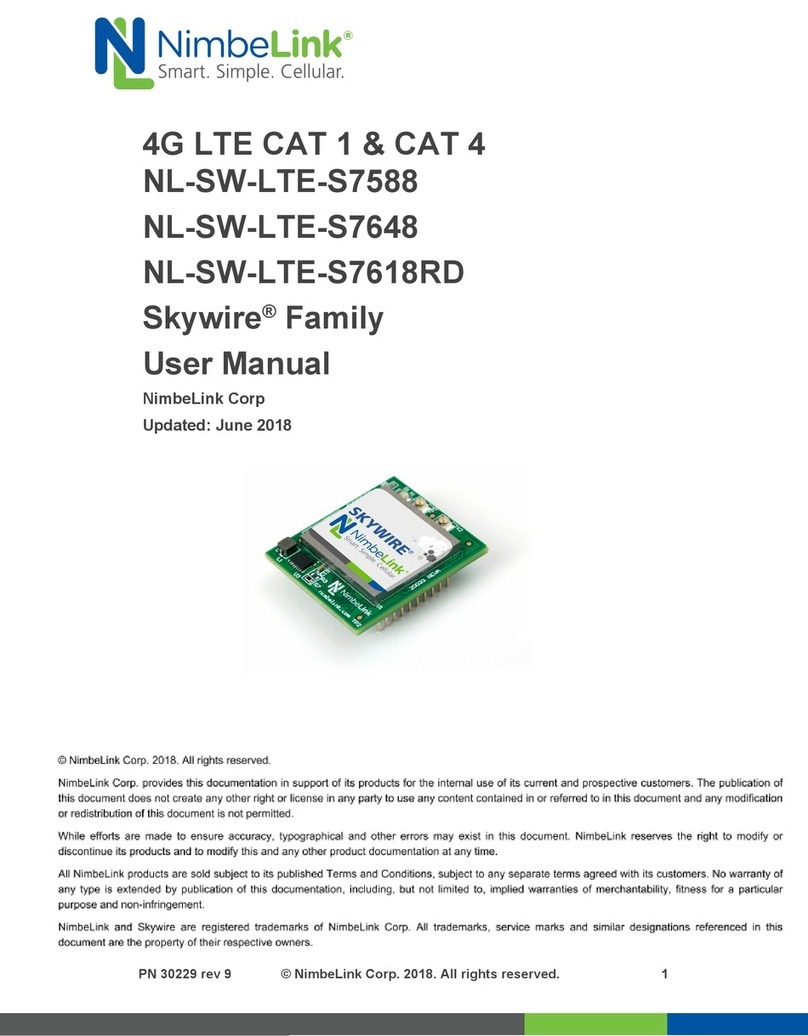
NimbeLink
NimbeLink NL-SW-LTE-S7588 User manual
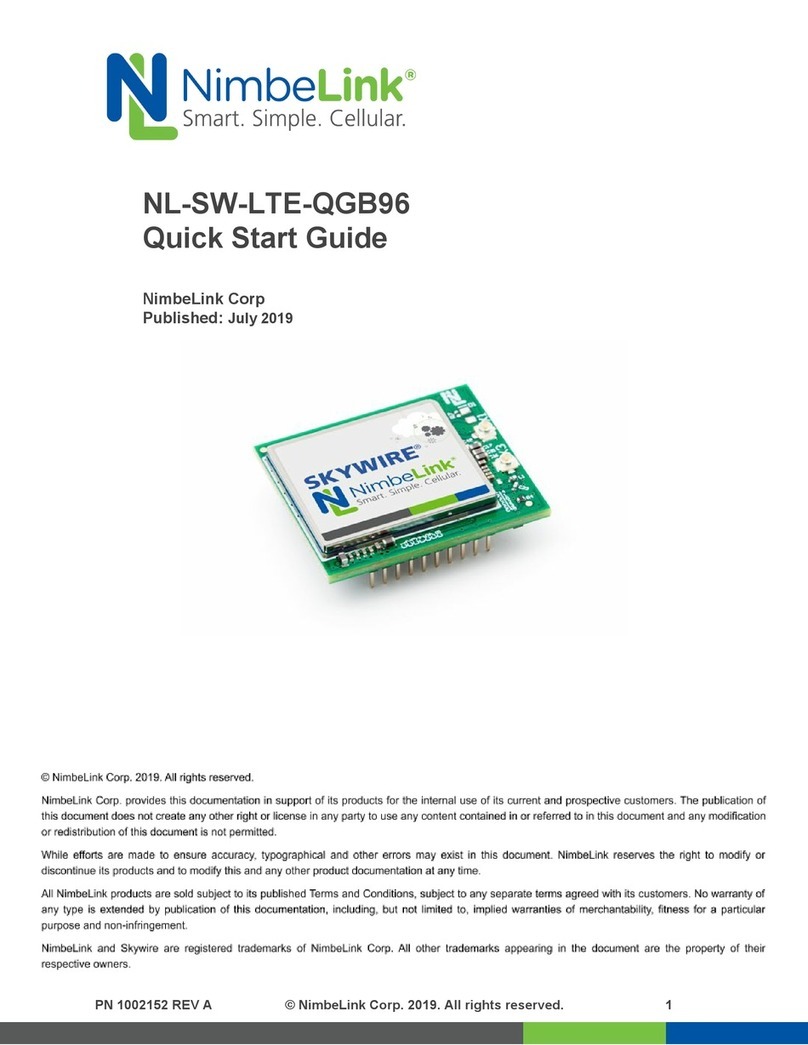
NimbeLink
NimbeLink NL-SW-LTE-QGB96 User manual

NimbeLink
NimbeLink Skywire NL-LTE-TNAG User manual
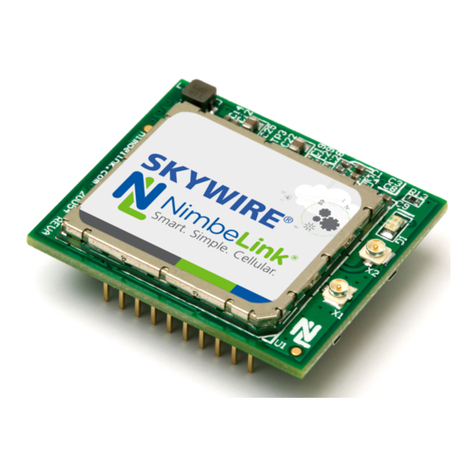
NimbeLink
NimbeLink Skywire LTE CAT1 User manual
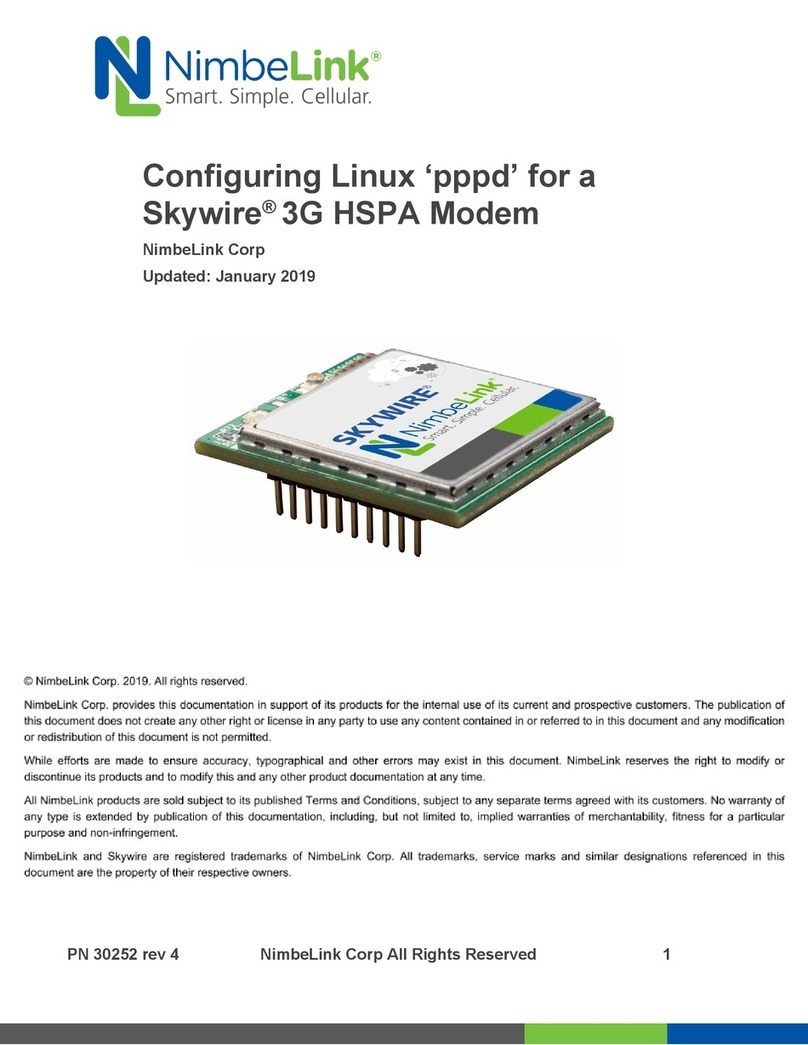
NimbeLink
NimbeLink Skylink User manual
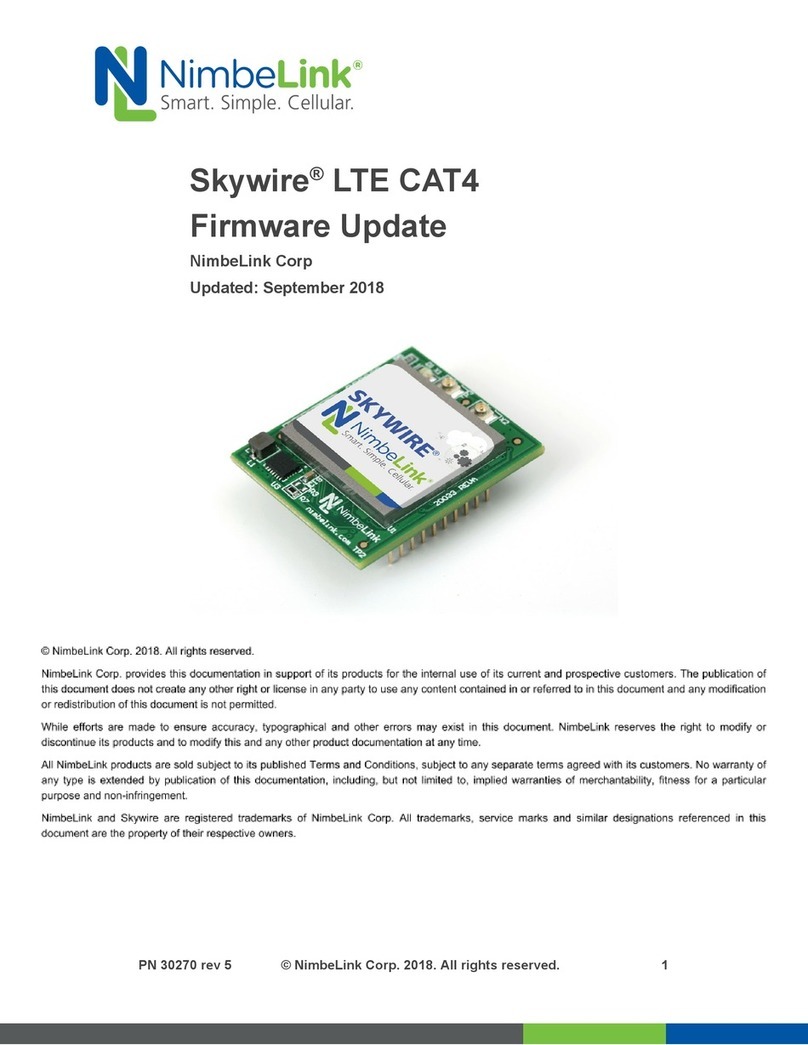
NimbeLink
NimbeLink Skywire LTE CAT4 Use and care manual
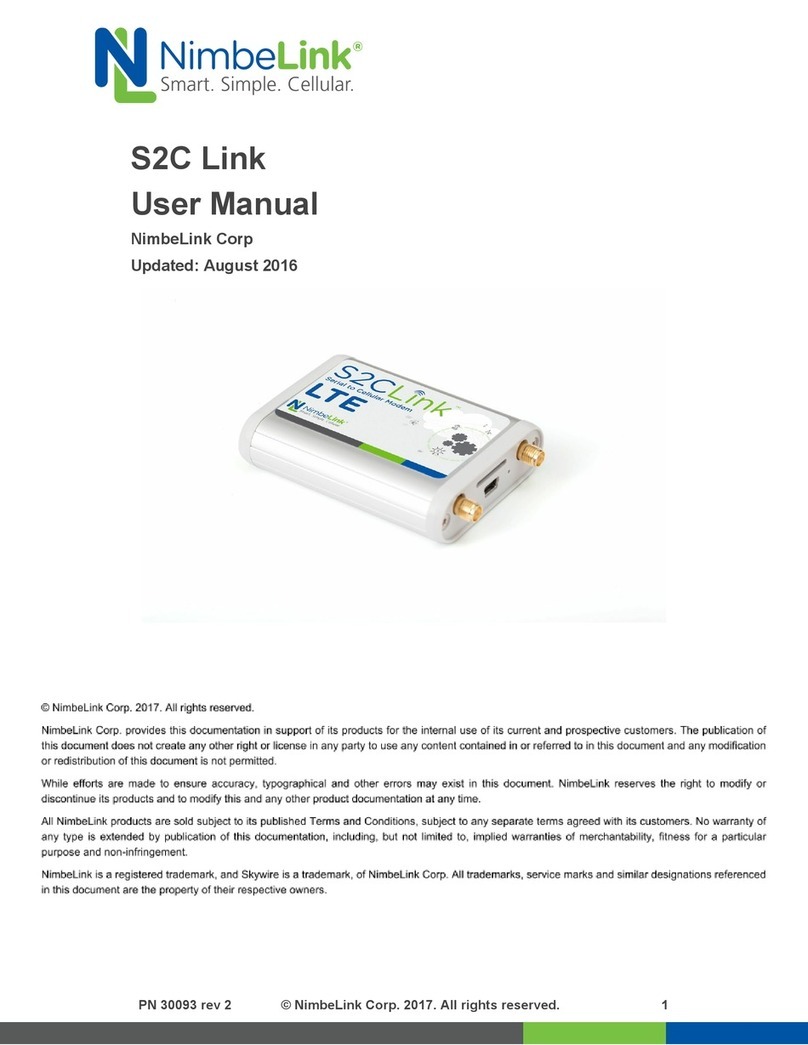
NimbeLink
NimbeLink S2C Link User manual
